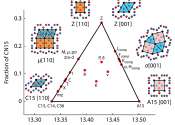Climate adaptation research applied 'in real-time'
With global South countries already bearing the devastating consequences of climate change, adaptation research needs to have immediate on-the-ground impact, while still being scientifically rigorous, say climate action specialists ...









